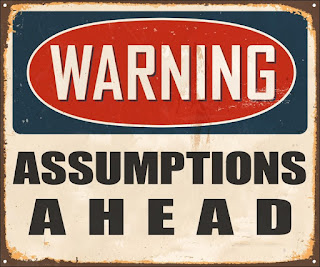ERISA Litigation – The Year in Review

There were a lot of ERISA litigation settlements in 2019 – but how are those trending? An analysis by Bloomberg Law finds that class settlements in employee benefit disputes hit $449 million in 2019 – a figure that they noted was up significantly from 2018’s $291 million, but well short of the $559 million in settlements recorded in 2017. That said, “only” about half of the 2019 “tab” – some $193 million – came from excessive fee suits, according to the report. The average of such settlements? $12 million. In March , the parties in Tussey v. ABB , one of the oldest (2005) excessive fee suits, came to terms for $55 million. Other settlements announced included: Northrop Grumman ( $16.5 million ); a 2017 stable value suit settlement finally approved ; the settlement terms of two fiduciary breach suits involving Safeway’s 401(k) plan, its investment structure, plan consultant, and selection of target-date funds have been submitted for court...














